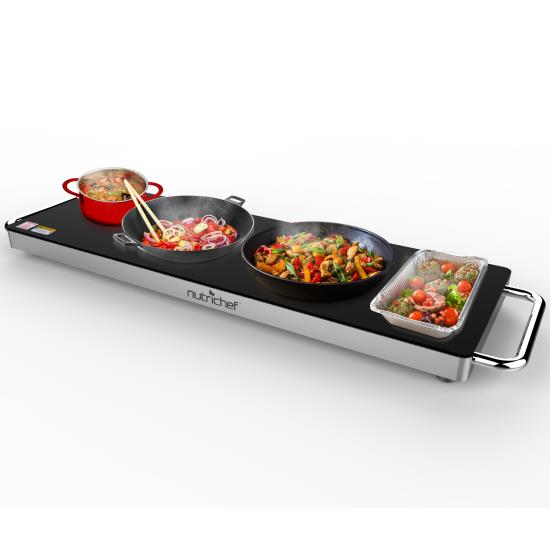

However, foods can cook unevenly because they may be shaped irregularly or vary in thickness. Microwave ovens are great time-savers and will kill bacteria in foods when heated to a safe internal temperature. Myth : When I microwave food, the microwaves kill the bacteria.įact: Microwaves aren't what kill bacteria – it's the heat generated by microwaves that kills bacteria in foods. If food is left out in a room or outdoors where the temperature is 90 degrees F or hotter, food should be refrigerated or discarded within just 1 hour. Bacteria can grow rapidly on food left out at room temperature for more than 2 hours. If you leave food out to cool and forget about it after 2 hours, throw it away.

Perishable foods should be put in a refrigerator that is 40 degrees or below within 2 hours of preparation. Large amounts of food should be divided into small portions and put in shallow containers for quicker cooling in the refrigerator. Myth : You shouldn't put hot foods in the refrigerator.įact: Hot food can be placed in the refrigerator. Allow the meat to "rest" for 3 minutes before cutting or eating.

The types of bacteria that do cause illness don't affect the taste, smell, or appearance of food. This is because there are different types of bacteria – some cause illness in people and others don't. However, if they did, they would not necessarily get sick. Myth : Leftovers are safe to eat if they look and smell okay.įact: Most people would not choose to eat spoiled, smelly food. Less common, but possible severe conditions of foodborne illness include paralysis, meningitis, and death. Other common symptoms include fever, diarrhea, vomiting, and dehydration – sometimes these symptoms are severe and require medical attention. But a foodborne illness can cause more than just an upset stomach. Myth : The worst that could happen to you with a foodborne illness is an upset stomach.įact: The majority of foodborne illness cases are mild and cause symptoms for only a day or two.

Contact your local health department if you suspect you have a foodborne illness or want to file a complaint about unsafe food handling practices at a restaurant. So don't be so quick to blame your illness on the restaurant you ate at today for lunch – you may have gotten sick from something you ate a few days ago. Symptoms of foodborne illness can start anywhere from a few hours to several weeks after eating contaminated food. Myth : The last meal I ate is what caused my foodborne illness (food poisoning).įact: Except for some toxins and viruses, most harmful microorganisms take longer than a few hours to make you sick.


 0 kommentar(er)
0 kommentar(er)
